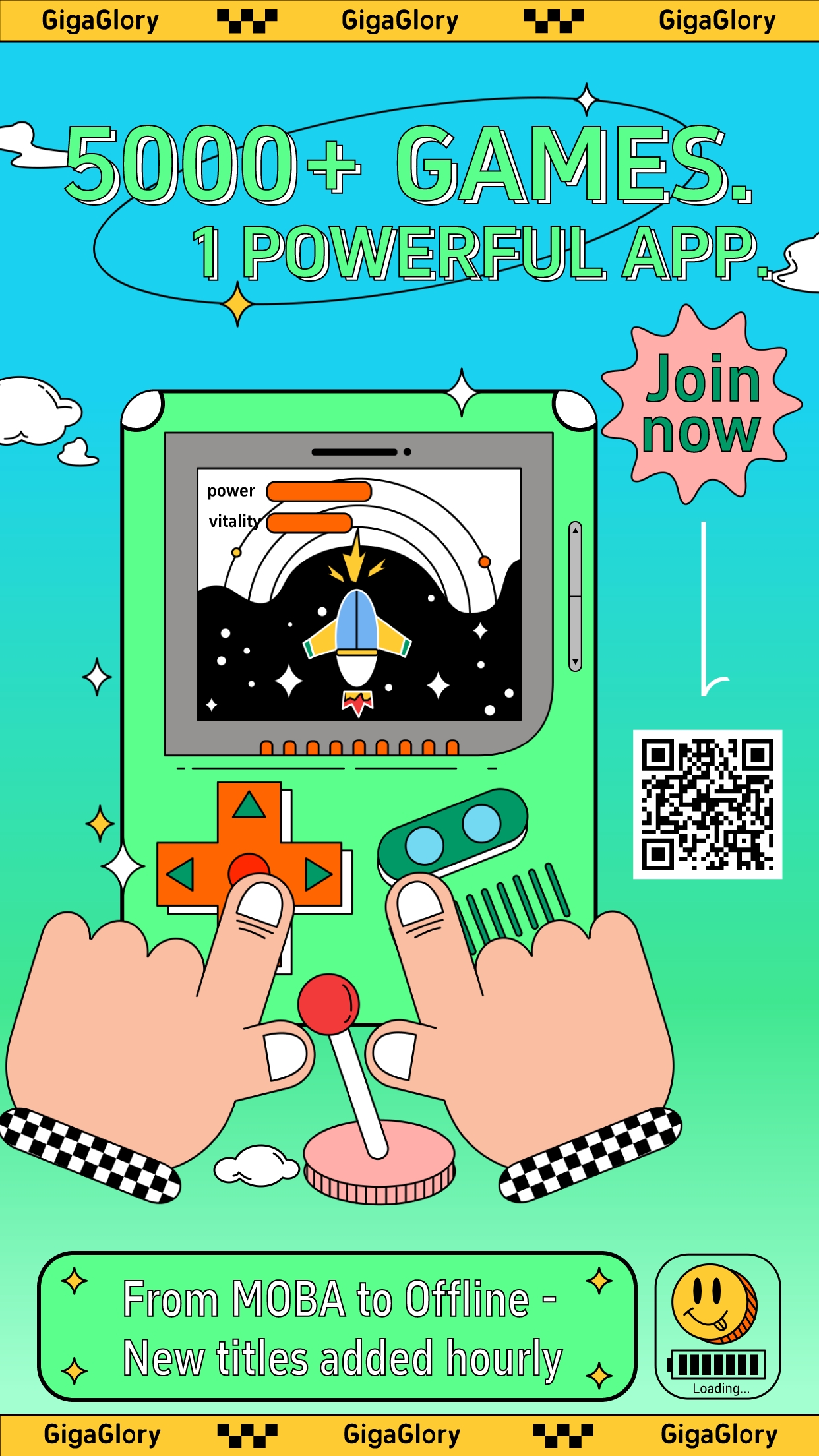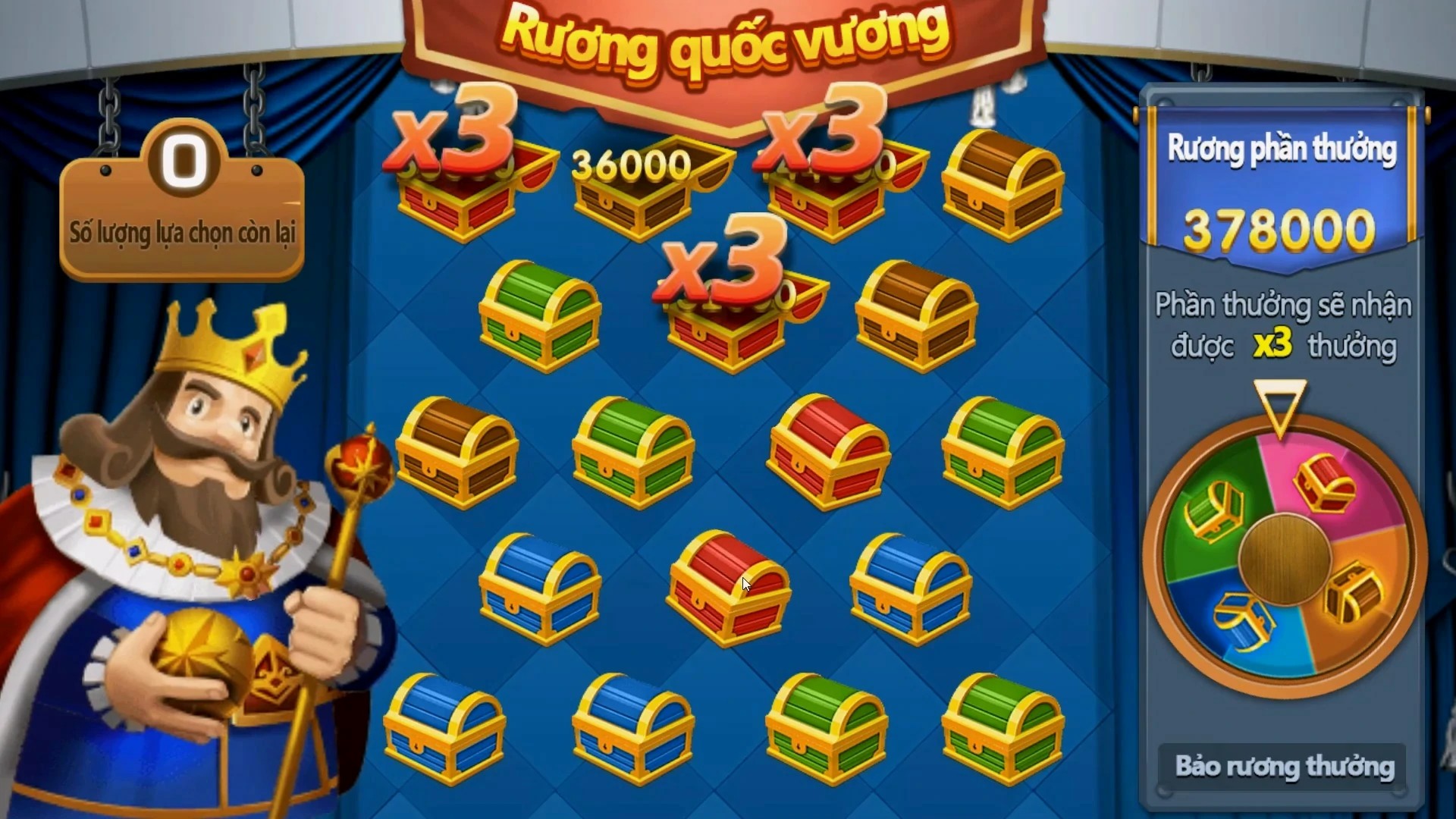In recent years, the world of PC gaming has witnessed a remarkable transformation that’s hard to ignore. Once reserved for immersive AAA titles with complex mechanics and long learning curves, gaming spaces today are bustling not just with dedicated core gamers, but also more and more players embracing a casual yet equally compelling kind of play: quick, bite-sized games designed for everyday enjoyment — sometimes even in strange ways.
This trend has been driven partly by modern work dynamics, shorter attention spans thanks to digital saturation, and a demand for low-commitment, easy-on-the-mind experiences after hours spent battling spreadsheets or emails. As people search increasingly for small joys amidst chaotic days, games that can deliver relaxation — whether it's slicing watermelon slowly, tapping puzzles under the warm embrace of cozy ASMR sounds, or engaging light narrative threads during breaks between Zoom meetings—becoming the new norm among millions worldwide, especially in markets like Australia and New Zealand.
What Are “Casual" Games Exactly?
The phrase may raise some eyebrows. Is Minecraft casual? It's technically easy. But perhaps not in the typical short-burst style you get when popping up a browser window during coffee time and tapping a fruit-slicing app. Casual games usually emphasize intuitive controls, immediate accessibility, low pressure environments, and repeatable gameplay loops tailored for 5-10 minute sessions instead of 40+
| Features of Casual PC Games | Traits Seen Less in Hardcore Titles |
|---|---|
| One-click/touch actions (point, click, move). | Dedicated button mapping, controller setup required frequently. |
| No deep learning curve needed; start playing fast. | Long tutorials, mastery over multiple hours or days typically needed. |
| Fewer save states or permanent progress losses on failure. | Saves might be sparse/progress punished on loss (roguelike style for example). |
| Built to allow quitting mid-play without significant penalty. | Players expect sustained attention from session to another until objectives complete |
From Diddly ASMR Gaming Girl To Stress-Free Gameplay Experiences
Among these unconventional corners thriving quietly in gaming spaces online sits an oddly soothing blend of soft tones, minimalistic visuals, quirky avatars — enter what some describe as “diddly ASMR gaming girl“. No doubt, many players today enjoy subtle calming effects offered by audio-enhanced gameplay environments while completing relaxing virtual tasks ranging anywhere form cleaning digital kitchens, stacking candy boxes in infinite lines, coloring animals on a digital canvas...and occasionally just listening intently while some mysterious avatar clicks pens at low volumes on your screen. 😴🎧
- Cheap dopamine hits through satisfying animation cycles.
- Ambient music and whispers to encourage slow-paced interaction without stress spikes.
- Variations range from idle simulators where you collect money automatically while AFK, to chill escape-room styled minigames set in animated fantasy realms with cute narrators guiding you along.
Dopamine Design In Casual Game Environments
Mental wellness is not the first thing developers thought about traditionally, and perhaps not all studios consider therapeutic value when designing games for fun, but many casual games accidentally—or intentionally—are hitting upon what makes certain interactive moments incredibly addictive. That "ding", pop of a coin collection, flash of color signaling success—those micro-rewards reinforce behavior in ways psychology tells us humans crave.
“The trick," says game design theory proponent J.D Kelleher on indie dev blogs recently “lies less in complexity and more within rhythm—the way players respond emotionally every couple seconds matters. Even if you're clicking a box 12 times a day just because someone drew a cat wearing glasses on top of it."
You see those behaviors replicated in hit free browser mini-games today: Cookie Clash anyone? Stack the Cups in Space™ (with added pugs)? You’re never really too far from cuteness wrapped in tiny dopamine triggers built into UI cues—just enough friction before unlocking something shiny and silly.
- Habit-loop creation through predictable rewards and timers encouraging returns (“Come back in 3 minutes to harvest carrots again!")
- Visual/audio stimuli paired to player feedback events (sound cue of “ding", sparkles)
- Paced challenge design—easy entry point, optional depth layers unlocked later, avoiding fatigue
All of this works subtly under players' awareness — making it ideal not necessarily just for kids or mobile enthusiasts. Busy professionals, parents working full time, or shift workers who need mental refresh between duties now find casual-style gameplay appealing as self care disguised under harmless pixel-art worlds or cartoonish character interactions.
Is Delta Force: Task Lightning Coming Next? Why Military Strategy Fans Can't Let Go
Amid this growing wave of chill-focused games and ultra-ASMR environments, military-style games aren't fully being forgotten — they're simply adapting. Ever heard someone talk passionately about "deltawar.exe"? The anticipation for the latest military tactical game — unofficially rumored to launch early '25 Q3 — is real, especially amongst Australian audiences drawn toward squad-based operations that feel realistic but manageable over short sessions.
- Delta Warfare: Projected release around September - October 2024 depending on final builds
- New Tactical Mode: Squad Cooldown Timers + AI Recruits
- Risk Assessment Toggle For Firearm Use
- Mini-Campaign Play: Complete short story segments within 40 mins
- New Feature: Real-time Weather Adjustments Influencing Enemy Behavior During Missions
Beyond the Hype Of Huge Blockbusters: Casual Isn’t Niche Anymore
Gone are days when only epic open-world stories and cinematic realism mattered to mainstream PC gaming demographics. We’ve collectively entered a golden period where small, well-executed projects are capable of carving space in the market not based solely off their scope—but rather based on emotional impact and how accessible the gameplay feels regardless of your mood swings or technical familiarity.
| Traditional Hardcore Genre Tropes | Rising Casual-Inspired Counterpart Trends |
|---|---|
| High-end graphics requirement = powerful hardware needs. | Pixel art or vector-styling optimized for performance across budget rigs and chromebook apps. |
| Long-term commitments demanded to achieve progression targets | Snapshots of achievements available instantly – tap, finish objective, earn reward, continue next session if motivated. |
| Niche keyboard commands/mapping often essential beyond standard arrow inputs (ex: Alt-func+Q press for weapon reload etc) | Intuitive drag/drop and auto-pathing functions make control schemes much smoother on unfamiliar devices, especially via remote desktop streaming scenarios. |
| Rigid session timing (expectation of focused 2-hour minimum investment per play block recommended). | Designed to support interruption and return at user discretion without severe disruption — perfect for hybrid office-home lifestyles. |
The truth is clear—even massive developers have recognized these patterns shaping player preference. Major studio EA has begun integrating daily “Snack Challenges" within popular FIFA games allowing players compete head-to-head in 5-minute shoot-outs during their breaks. Blizzard has introduced mini-quests outside primary World of Warcraft narratives specifically catered towards returning veterans with no time or desire re-grinding old areas for nostalgic purposes.
The Australian Scene: Who Is Into Quick Games Here?
Australian users particularly lean into genres that allow for portability, cross-device flexibility, offline availability, ease-of-play and—most critically—for comfort factor. Down Under trends in indie dev show increasing focus not so much on adrenaline-driven mechanics or hyper-combat, but atmosphere, pacing balance, visual simplicity, and sound-first experiences.
We can already see signs of local developers leaning into niche submarkets like lofi study aids combined with interactive exploration games featuring minimalist forest scenes that generate ASMR-like responses in ears sensitive to high fidelity binaural recording styles. A surprising portion (nearly 34%) of regular PC gamers down under reportedly engage in such games regularly — whether out curiosity, interest in mindfulness or pure boredom-breaking reasons.
Cutting Through Noise in An Ocean Of Games
In any category today saturated by sheer number of games released annually—more than 98,000 last estimates alone on Steam—the ability for new casual releases to carve attention depends significantly not only on quality of content, but presentation style, brand tone clarity, unique gimmicks, or cultural resonance hooks.
- Creating memorable mascots or protagonists—whether talking food or cats in sunglasses
- Incorporating community challenges e.g., leaderboards or streak tracking
- Live commentary / developer livestream events for early builds (think Twitch but with gameplay tests) — allows testing audience reaction directly before polishing code ahead formal publish.
- Embracing meme culture — yes! Referencing internet humor helps reach young communities otherwise harder to hook.
Why PC Remains Important Beyond Mobile’s Massive Market Share

Though smartphone gaming dominates globally, don't count PC out. It remains pivotal because of its modding ecosystem, customizable resolution rendering and greater storage capabilities—not to mention superior accessibility options through mouse-and-keyboard alternatives for disabled or senior citizen users wanting adaptive settings.
| Platform Type: | Average Session Lengths | Likelihood For Deep Personal Attachment |
| Smartphones 📱 | Median usage: 3-7 mins | Short, sporadic bursts—few emotional connections tend to happen here despite frequent engagement due context switching nature. |
| Consoles 👾 | Middle range: avg 20 mins to 1 hour | Strongest in group setting or couch-play situations; tends heavily skewed towards cooperative/solo-heavy action/family friendly formats though generally still fairly demanding commitment wise versus other forms. |
| PC 💻 | Widely varies depending environment: anywhere from under 2 mins (browser puzzles) to 4+ hrs in deep simulation games. | HIGHEST chance of building emotional relationship, especially for niche fans willing invest deeper time understanding game engine intricacies. |
Bridging The Gap: How Big Studios Are Adopting Casual Mechanics Now Too
If we look closely enough, we start seeing subtle shifts everywhere. Even Call of Duty titles offer lighter co-op missions outside of main ranked combat, meant for relaxed post-work hang outs without aiming frustrations. Bethesda experimented with creating Skyrim Cooking Simulator mods where players could simply walk, gather plants, chop herbs for NPC friends—no questline pressure. Ubisoft has dived deep lately offering standalone micro-stories alongside main Assassin’s Creed plots to give curious newcomers gentle access.
If there’s a takeaway worth internalizing: players do NOT require epic stakes all the time — small moments filled with charm or simple interactivity beats can suffice beautifully when woven thoughtfully into a digital experience.
Towards The Horizon: Future Of Casual-Integrated Games Looks Strong
Whether through quirky ASMR-influenced designs that soothe stressed nerves at night, quick-hit games playable on outdated office PCs hidden beneath Excel windows, or unexpected adaptations where big studios inject smaller-scale content alongside major releases—we seem solidly embedded on an irreversible road where gameplay expectations evolve rapidly.
And for developers eyeing fresh opportunities, now’s arguably one of best periods for indie innovation—because while others battle endless sequels and remakes fighting battles on graphic specs and multiplayer metagaming dominance—you have the option to create something different that speaks softly, relaxes minds gently...and wins over hearts quietly. That quiet moment of peace while tapping circles in Candy Cube Land 2? More valuable than it may seem initially.
Conclusion: The Winning Mix of Comfort & Fun Is Defining Today’s PC Landscape

To summarize the evolution at hand: traditional hardcore-only perceptions are steadily dissolving — opening room not for just one genre's rise, but coexistence where casual playstyle thrives side by side alongside high-intensity genres on PC platforms.
- There's huge growth potential especially targeting adult audiences looking to unwind
- Audio-based comfort factors like diddly asmr gamer girl-styled setups hold untapped appeal both psychologically and monetarily speaking
- The question isn’t “will this casual trend fade?"…It seems safe saying casual games have permanently altered expectations regarding flow, duration and delivery modes inside broader gaming frameworks across operating systems and formfactors including Windows, Linux and ChromeOS machines commonly operated in Aussie households and offices. Whether through delta war sims in development awaiting drops or cozy farming pixel worlds waiting patient hands—the choice belongs clearly now: go easy sometimes, and win players’ trust through comfort.



